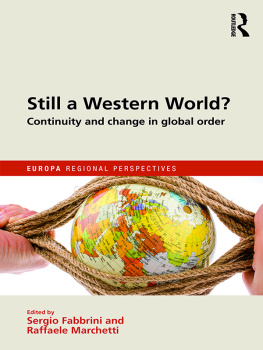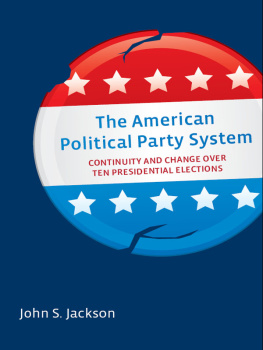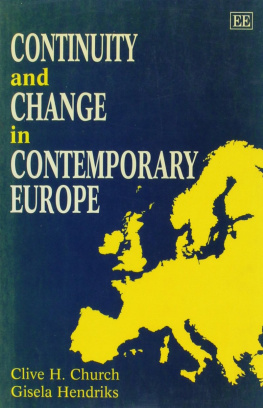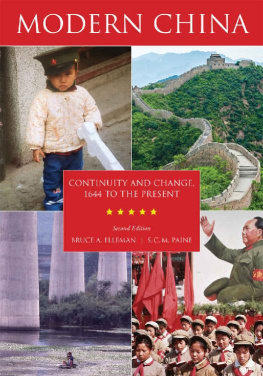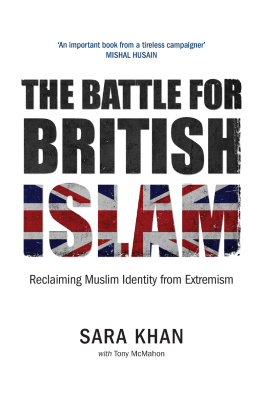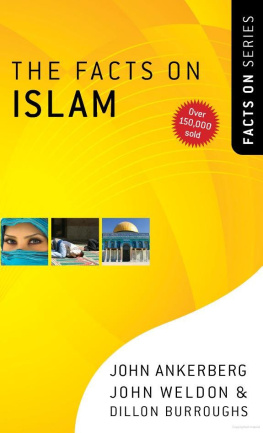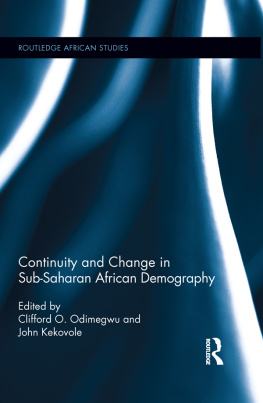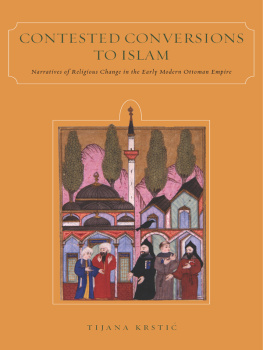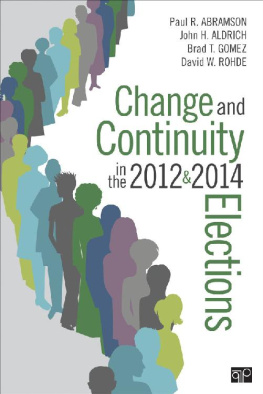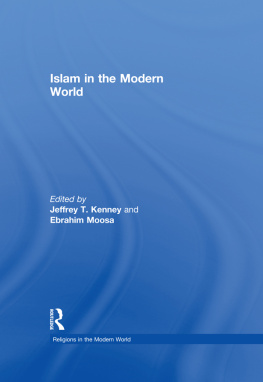ISLAM
Continuity and Change in the Modern World
About the Book and Author
Islam : Continuity and Change in the Modern World
John Obert Voll
This book goes beyond the headlines to explore the broad dimensions of Islam, looking at the vitality of the main elements of the faith across the centuries and finding the basis of today's Islamic resurgence in the continuing interaction of varying styles of Islamfundamentalist, conservative, adaptationist, and individualistand in the way each of these styles meets the challenges of the modern era. Dr. Voll's discussion encompasses the full range of Islamic experience and communities, including areas where Muslims are minorities. He carefully presents a balanced view that recognizes modem Islam as dynamic and complex, deeply rooted in the past, yet profoundly conditioned by recent events.
John Obert Voll is associate professor of history at the University of New Hampshire, specializing in the culture and history of the Middle East. He is the author of Historical Dictionary of the Sudan and the forthcoming The Sudan: A Profile (Westview). Dr. Voll has also conducted research in Cairo, Beirut, and in the Sudan.
Islam
Continuity and Change in the Modern World
John Obert Voll
First published 1982 by Westview Press
Published 2018 by Routledge
52 Vanderbilt Avenue, New York, NY 10017
2 Park Square, Milton Park, Abingdon, Oxon OX14 4RN
Routledge is an imprint of the Taylor & Francis Group, an informa business
Copyright 1982 by Taylor & Francis
All rights reserved. No part of this book may be reprinted or reproduced or utilised in any form or by any electronic, mechanical, or other means, now known or hereafter invented, including photocopying and recording, or in any information storage or retrieval system, without permission in writing from the publishers.
Notice:
Product or corporate names may be trademarks or registered trademarks, and are used only for identification and explanation without intent to infringe.
Library of Congress Card Catalogue Number: 82-2829
ISBN 13: 978-0-367-02227-3 (hbk)
Dedicated to Sarah, Layla, and Michael,
whose support makes research possible
Much has been written recently about the contemporary Islamic experience. However, I believe that there is still a need for a discussion of the modern history of Islam that goes beyond the current headlines, and I have tried in this book to present such a study. The world of Islam is vast and diverse, but it is important to attempt to see the full extent of that world, both in time and space. The current resurgence of Islam is not something that suddenly appeared on the world scene. It is part of a long evolution of the modern Islamic experience that has its foundations in the eighteenth century and earlier. As a result, I have tried to show both the significant elements of continuity and the significant factors of diversity.
Any book that discusses the modern development of Islam in Africa, the Middle East, Asia, and elsewhere must cover a tremendous range of subjects. There are some advantages to having such a book written by a group of scholars, each with a particular regional expertise. However, such collections frequently lack clarity and cohesiveness. The advantage of having one person write such a book is that the whole picture can be presented within a single analytic framework. It is for this reason that I have written this book by myself, and I hope that the reader will find that the advantages outweigh the problems of my attempt to cover such a broad subject.
Clearly, I owe a great debt to the many people who have aided me, either through their personal encouragement or through their scholarship. Among this large group I especially want to thank Richard P. Mitchell and Leon Carl Brown. Their scholarship, instruction, and friendship are important in whatever virtues this book may have, although they have no part in its faults. I also want to express my deep gratitude to my wife, Sarah, and my children, Layla and Michael. Their cooperation and encouragement made it possible for this book to be writtenthat is why it is dedicated to them.
John Obert Voll
The problem of spelling names and terms originally written in other alphabets has never been satisfactorily solved. In order to work for some uniformity of usage without adopting the cumbersome transliteration systems of formal scholarship, I have chosen to follow the spellings used in a book that people reading this one might also have read: Arthur Goldschmidt, Jr., A Concise History of the Middle East (Boulder, Colo.: Westview Press, 1979). For names and terms that do not appear in that book, I have attempted to use spellings that appear in commonly used sources of information for the general reader.
ISLAM
Continuity and Change in the Modern World
Introduction
Islam is a dynamic force in the contemporary world, and in the 1980s, at the beginning of the fifteenth Islamic century, movements of Muslim revival have increasing visibility and influence. From the Islamic revolution in Iran to Southeast Asia and West Africa, the entire world of Islam is in active motion. Previously unnoticed currents of religious conviction have come to the surface and appear to be major elements in determining the course of events.
This situation comes as a surprise to many people, and it raises great issues about the future nature of society in the modern world and creates crises for policymakers. Until recently, the decline in the influence of religion was being described, and the eventual demise of the effectiveness of the historical religions seemed to be predicted. The decline was taking place in all of the major world religions, and it can be clearly noted in the discussions of Islam. In general terms, it was felt that the processes of modernization have undermined the basic foundations of traditional religion. In particular, it was felt that secularization, the separation of religion from politics and social institutions other than specifically religious ones, was an inherent part of the modernization process. As a result, it was believed that religion would play an increasingly limited societal role in the future.
The resurgence of Islam in the final third of the twentieth century creates a need for a reexamination of the modern history of the Islamic world. Perhaps, in the long run, the predictions of the demise of religion will be accurate. However, the assumptions and conclusions of such theories can no longer be accepted as readily as they once were. In a world in which a growing number of states are reexamining their legal structures in the light of the Quran and the requirements of traditional Islamic law, Islamic law cannot be described simply as an anachronism whose jurisdiction is being progressively limited. In a world in which radical Islamic social programs are being defined, it is no longer possible to state without significant qualifications that "the secularization of the polity is in many respects a prerequisite





